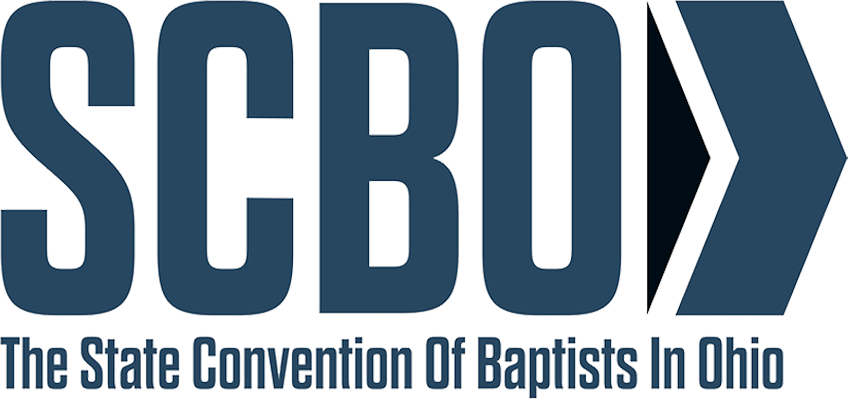Ohio Disaster Relief offers advanced training in Chaplaincy, Assessment, and Blue Cap training (team leaders). Each area has a different training process.
Chaplaincy
Disaster Relief Chaplains are trained to care for people affected by disaster as well as DR team members. This is done primarily by providing a listening ear and sharing comfort. Chaplains do not function the same way as a local pastor, instead they offer spiritual care and emotional first aid essential for the ministry of disaster relief. DR Chaplains can be men or women who have demonstrated a mature faith and strong Christian character.
Training details:
If you are not currently active as an OHDR volunteer, start here.
- Register and train as an Ohio DR New Volunteer. This will give you a core understanding of the ministry.
- Deploy with your Ohio DR unit at least once to gain experience.
If you are already an active member of OHDR, then start here. If you have just completed the about introduction, continue here.
- Go online and register for the next Ohio Chaplain Training
- Complete the Chaplain Training Application. GO TO THE ONLINE APPLICATION HERE
The application includes a reference from your pastor, staff minister or DOM/AMS and one other peron who knows you well. - If approved, you will attend a two-day chaplain training that covers SBDR Basic Chaplain Training and Operational Stress First Aide or Critical Incident Stress Management.
- Once all requirements are completed, you are ready to deploy as a DR Chaplain.
Next Steps:
- After your first deployment as a chaplain, you may begin the process to be endorsed by The North American Mission Board as a volunteer disaster relief chaplain.
- Continuing Education Units (CEU) – each year Ohio DR Chaplains will complete 4 hours of CEUs to keep their badge current as a chaplain.
Ohio Disaster Relief will offer CEU courses and/or direct chaplains to course listings that can be counted towards the 4-credit annual requirement. Course work completed for the NAMB endorsement process also counts towards this requirement.
CEU Example - in 2023 you will need to complete 4 hours before Dec. 31, 2023 to deploy in 2024 as a chaplain. This will need to be done every year to stay active as a chaplain.
- Chaplains are also encouraged to train as an Assessor since they are the first people to make contact with a family impacted by a disaster. (See below for assessor training)
Contact John Heading, DR State Director for more information at jheading@scbo.org
Assessment
Assessors are normally the first people to have contact with homeowners who have been impacted by disaster. Their role is to assess the damage and complete the appropriate paperwork to move the job to the next step. Assessors usually travel and work in teams of 2 and often will be deployed before the recovery team. A working knowledge of residential construction can be helpful for some areas, but is not required.
Contact John Heading, DR State Director for more information at jheading@scbo.org
Blue Cap (Team Leader Training)
Blue Caps are an essential part of disaster relief. They lead a team to complete specific tasks and report on job progress using tools like Form Stack. The ideal candidate is an individual who knows a specific discipline well (I.e. chainsaw, mudout, etc.) and works very well with people. This role is as much about people skills as it is about job skills.
There’s always a need for Blue Caps. We can not send a team into the field without a team leader. If interested or if you have questions about serving as a team leader, please contact your current team leader or the state director. If you apply to train as a Blue Cap, we will contact your current Blue Cap for a recommendation.
Contact John Heading, DR State Director for more information at jheading@scbo.org

